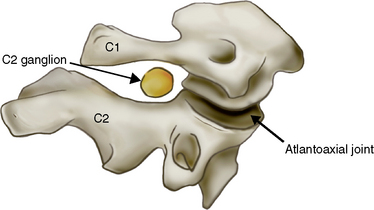Table of Contents
#2. Reduce risk of an injury by keeping the neck neutral
#3. Possible C2 nerve root entrapment
Today’s message is pretty simple.
“Do not look up or down when you lift weights.”
“Keep your neck in neutral to prevent a possible spinal injury.”
Take a look at the picture below. Notice how man in the picture on the right looks up during the lifting exercise.

Take a look at the picture above. You can notice how a men in the picture on the right looks up during deadlifts.
#1. Choose ‘Safety’ over ‘Maximal Strength’
Many people debate whether or not a neutral neck position is important. Some argue that we should look up because the head leads the body chain. Some argue that we should keep our neck tucked in to keep our spine neutral, therefore, we can prevent a spinal injury from lifting weights.
Unless we want to be professional weightlifter, we must choose safety first, and being safe should be our top priority.
Sometimes one unlucky injury can cause debilitating problems over the lifetime. Injuries in the ligaments and tendons can take a long time to recover. It does not need to happen if we are informed about the safety measure.
Images credit to Bonvec Strength
–
#2. Keeping the neck neutral locks the joint and reduces risk of an injury in the spine.
– Tucking the chin in locks the upper neck joint.
– Unless the neck is in a neutral position, it gives bigger room for an injury to occur by recruiting unintended muscle groups.
– Upper cervical ligament damage can be critical to spinal stability and cause neurological dysfunctions.
– Increased risk of nerve compression in the upper neck.

#3. Possible C2 Nerve Root Entrapment
– Anatomically, the C2 nerve root occupies the space of almost 76% of the space in the upper neck joints.
– Compression to C2 nerve root is known to cause ‘Occipital neuralgia,’ which is often described as sharp and throbbing like headache.
–
References
Figure 7–2 Schematic illustration of the measurements of C2 ganglion and its foramen. The C2 ganglion was confined within the C2 foramen between inferior margin of the posterior atlantal arch (C1) and superior margin of the lamina of the axis (C2), immediately posterior to the atlantoaxial joint.
Lu J, Ebraheim NA. Anatomic considerations of C2 nerve root ganglion. Spine (Phila Pa 1976). 1998 Mar 15;23(6):649-52. doi: 10.1097/00007632-199803150-00001. PMID: 9549785.





